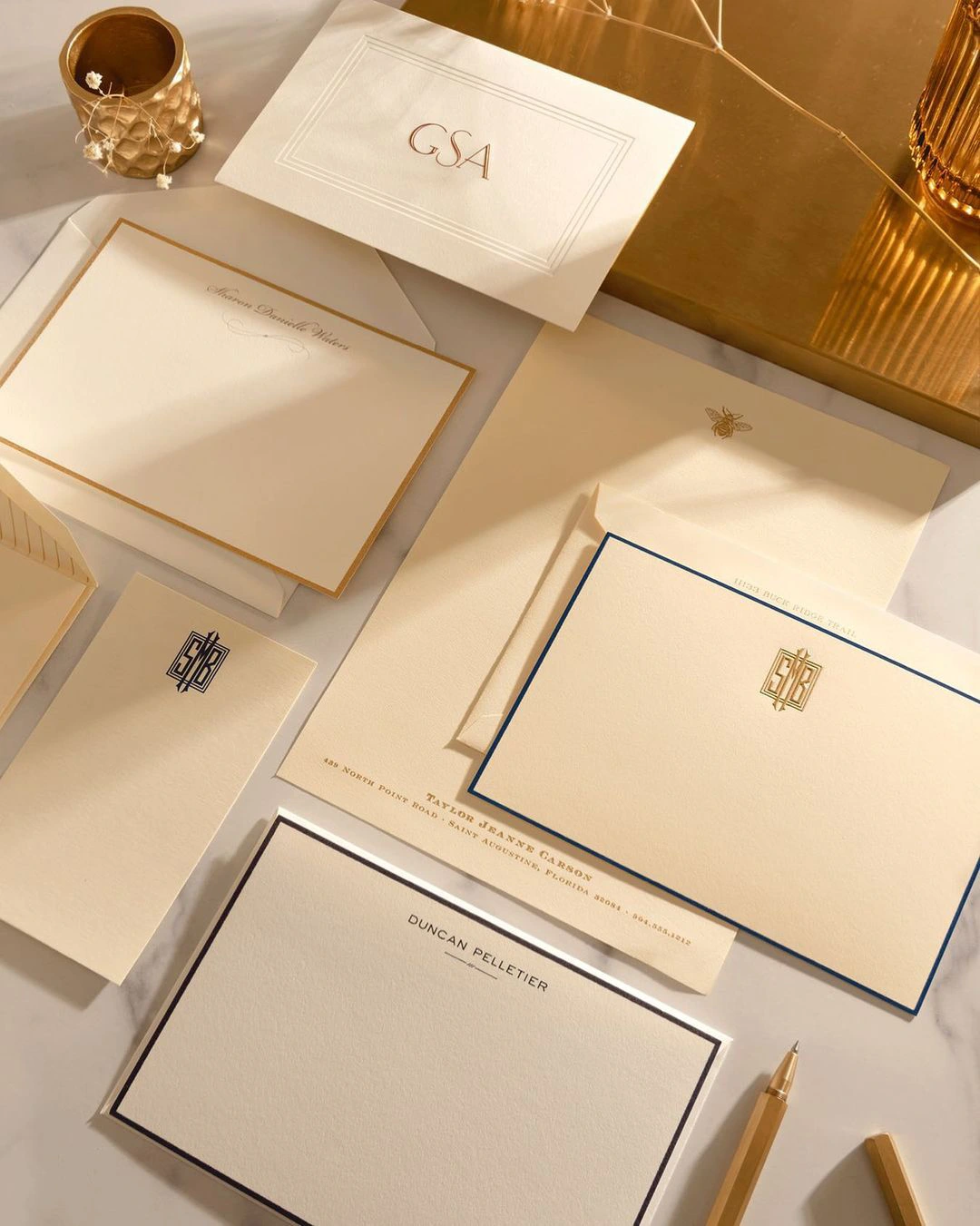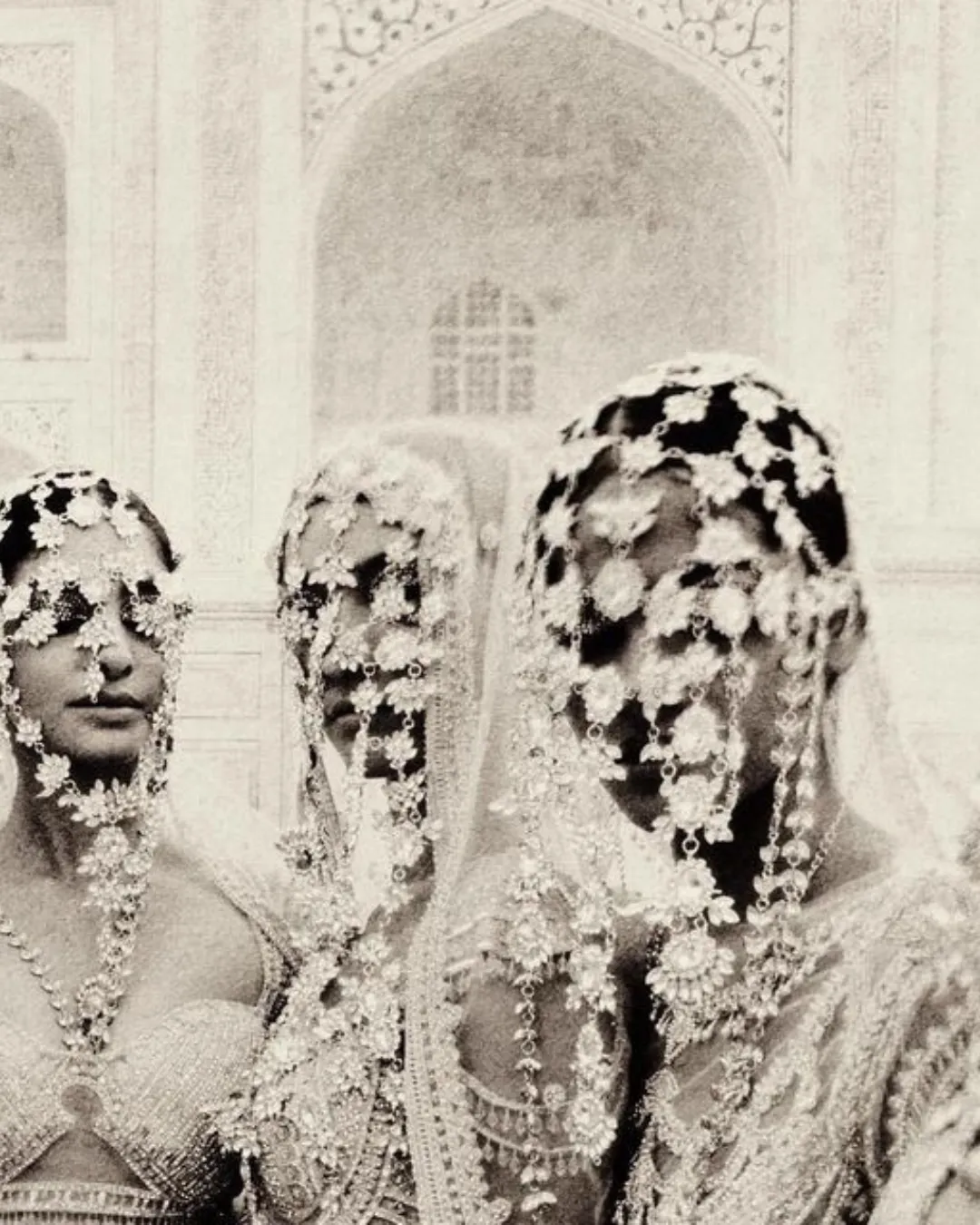Traditionally, high society aristocrats sent out invitations to create a sense of exclusivity and special honor. High society aristocrats delivered invitations only to those the elite society considered “worthy” of being invited. Aristocrats used special paper, calligraphy, and sealing wax to finalize invitations, which elevated the process of crafting invites into an art form.
Even nowadays, you can send out invites to formally notify your guests of a gathering you are hosting. There still is a code of conduct regarding invitations as hosts and guests. Remember: the invitation is an event’s opening statement and plays a part in the event’s lingering impression.
Margarita’s Way
I enjoy curating a guest list and mood board when setting up an event. Even if a gathering is small, it should always have a beginning, middle, end, and a specific ambiance.
The invitation I opt for small gatherings is usually a text message. I avoid exchanging crucial information via phone calls, as this is the easiest way for guests to forget or confuse time and date. For larger events, I create an e-invite that represents the gathering’s aesthetic that I send out electronically.
A typical hurdle with small gatherings is that guests can cancel at the last minute and upset the table and menu’s balance. We can overlook the disparity with less difficulty when two people have canceled out of a hundred compared to when one out of eight has canceled. In the latter case, a last-minute remedy is to invite a close friend to save the day!
How to
An invitation’s purpose is primarily to inform. It should provide all the key details: the host, the date, the time, the location, the dress code, and the RSVP contact information.
The RSVP initials come from the french “répondez, s’il vous plait,” which translates as “please respond.” RSVP on an invite indicates that the guests must notify whether they will attend the event.
Optional: enrich the invite by adding the following information:
- purpose of the gathering (birthday, engagement, anniversary, etc.). This detail also informs the dress code.
- plus-one availability
- out-of-capital events may provide more elaborate direction locations, and other details
- list of eating habits or allergies
Invitation Form
In the past, important events, such as weddings or baptisms, required handwritten invitations to be delivered in person. Although professionals still distribute handwritten invitations, electronic invites have gradually replaced handwritten ones.
I believe that while handwritten invites are timeless, electronic invitations’ quality is not by default inferior to that of handwritten ones. I’ve seen beautiful graphic design efforts perfectly encapsulate the gathering’s atmosphere and add “life” to the invite.
The invitation’s envelope should name the gentleman first and then the lady (Mr & Mrs).
It would be best to invite 10% more guests than you can receive because you must also account for the cancellations.
Tips
- If you send your invitation out too early, you risk your guests forgetting about the event. If you send it out too late, your guests may not be available on that event’s day.
- The most appropriate time windows are as follows:
For a wedding or a baptism, notify 4-6 weeks in advance.
For a formal dinner, notify 2 weeks in advance.
For an informal dinner, notify 1-2 weeks in advance.
For a party, notify 3-4 weeks in advance.
For a lunch or tea gathering, notify 1-2 weeks in advance. - If the event is close to a public holiday or vacation, it is a good idea to send a “SAVE THE DATE” well in advance. A “save the date” notification indicates that your invitation will follow at some point, and it is also useful in cases when the gathering is outside the capital or country. This notification allows your guests ample time to take care of all their reservations (tickets, hotels). Depending on the event’s location and date, sometimes “Save the Date” invites are sent out as early as 1-3 months before the event.
Do
- If you are invited somewhere you do not intend to attend, you should say so as soon as possible so that the host can organize the seating arrangement and food.
- The rule of thumb is to respond to the RSVP within the time frame requested. A handwritten card, an email, or a phone call suffice. Remember that if you do not reply, the host will assume you are attending the event! When you decline the invitation, it would be appropriate to give a short justification.
- If there are serious allergies and certain eating habits for health reasons, you should inform the host about them.
- As a guest, it is encouraged to ask when in doubt (e.g., clarifications on the location or the dress code).
- Upon leaving the gathering, you should thank the host for inviting you. It is proper to send a thank-you note or text message the following day, along with a gift.
- Etiquette stipulates that if you attend a formal social event as a guest, you should not only send a thank-you note to the hosts but also reciprocate the invitation within three to four months.
Don’t
- When sending out an online invitation, ensure that the list is private, so the guests do not know the rest of the invitees or the messages the hosts receive.
- As a guest, do not bring a +1 without notifying the host in advance. Bringing a +1 with no warning puts the host on the spot. If the host wanted you to come with a date or your children, they would have mentioned it in the invitation. If you are a host that comes across this circumstance, ensure not to embarrass your guest’s companion and make them feel welcome.
- Etiquette dictates that you should not mention a gift registry in an invitation. However, you could note a gift registry in the case of a wedding invite, as it facilitates both the couple and the guests. You can also suggest that the guests donate to an institution instead of getting gifts – if that is something you prefer.
Fun facts
1900: Ladies lefts “business cards.” These cards were very popular in the Victorian era, and they informed a friend or family member that we had visited them while they were absent.
1915: The bride and groom sent out invitations that included a card. Only with the mentioned card were the invitees allowed to enter the church on the big day. Although it was not necessary for the guests to RSVP to the invitation, they needed to have their entrance cards at the wedding.
In the 1950s, it was considered rude not to respond to an invitation the moment you received it.









